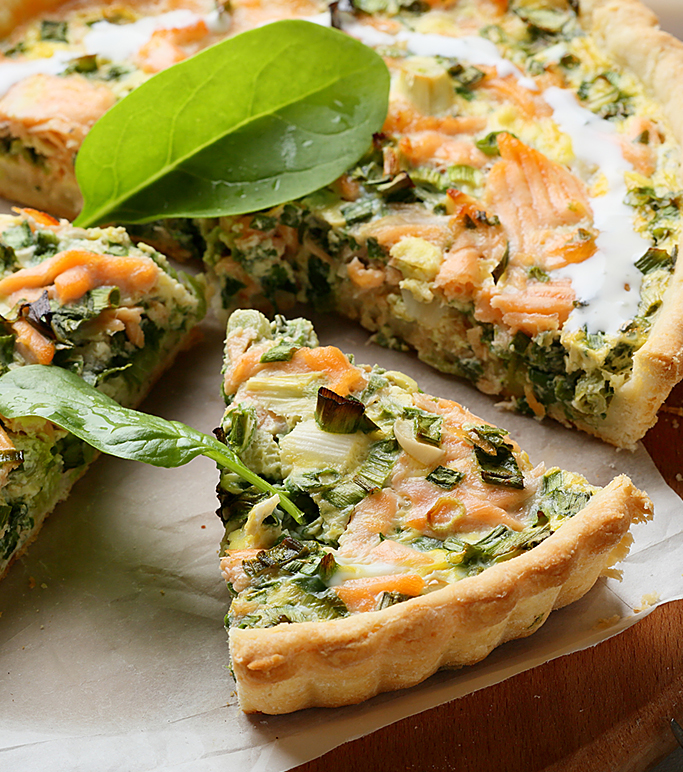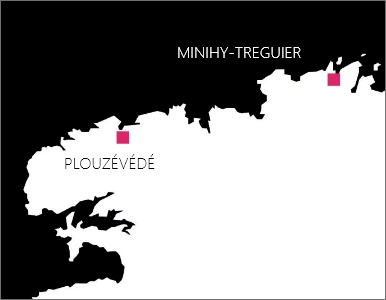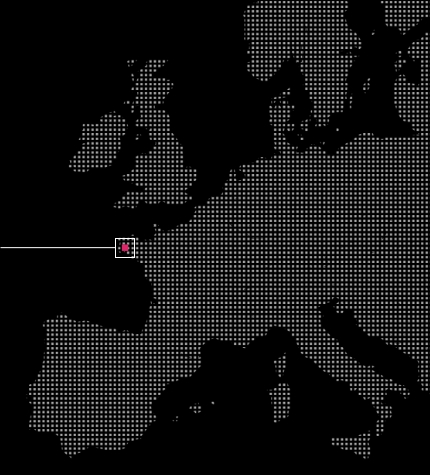An elongated onion variety
It has yellowy-pink skin and white flesh with a slightly pink tinge. It is a juicy onion with a mild flavour.
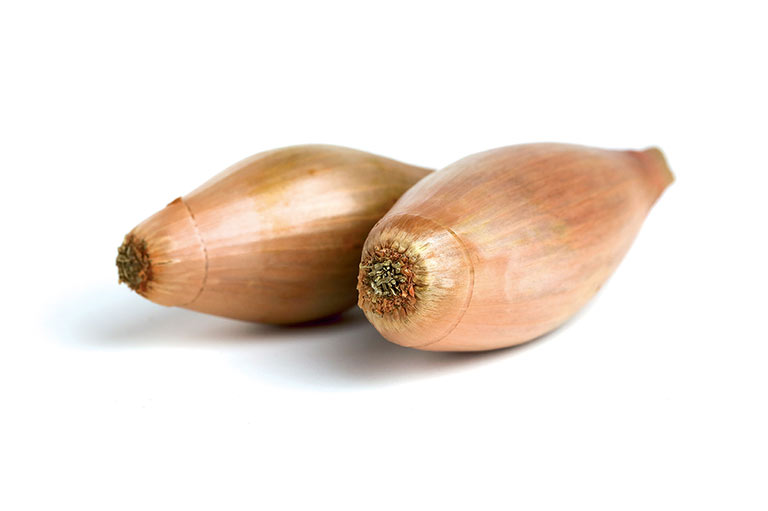
A recent development
Its production was limited to French gardens in the 1950s but developed slowly to reach Brittany in the middle of the 2000s; it continues to expand as a result of out-of-home catering trends.
Milder than a yellow onion
Better cooked, the echalion is milder and juicier than a yellow onion, but has less flavour than a Traditional shallot.
It adds sweetness to tarts and soups.
Easy to cook
The shape of its very elongated bulb and its size make the echalion very easy to peel and chop.
These qualities make it very popular with restaurateurs
Health benefits
Rich in vitamins, minerals and trace elements, echalions contain many sulphur compounds with powerful anti-inflammatory properties as well as flavonoids like quercetin, known for its antioxidant properties.
Calendar of availability

Sown in March, it is harvested between August and September. Kept in cold storage, it can be sold up until May.
Conditionnements

- Bag : 20 kg
- Big-bag : 1000 kg
Not to be confused with the Traditional shallot
Echalions are much longer and generally bigger than a long Traditional shallot.
Despite its English names “echalion shallot”, “banana shallot” and “torpedo shallot”, echalions are not part of the shallot family; it belongs to the onion family.
Therefore it is grown the same way as an onion: a seed is sown and develops into a bulb; whereas for Traditional shallots: a shallot is planted and develops into a clump of shallots.
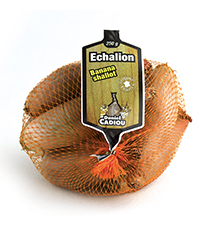
Winglass 250g

Girsac 500g
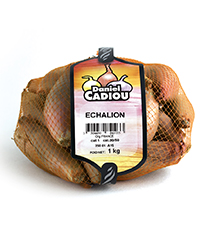
Gam+ 1kg
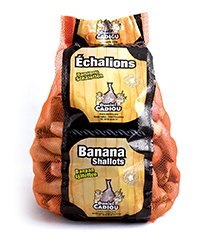
Dpack 2kg/4kg/5kg
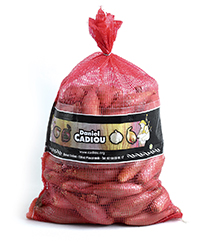
Sac main 5kg

